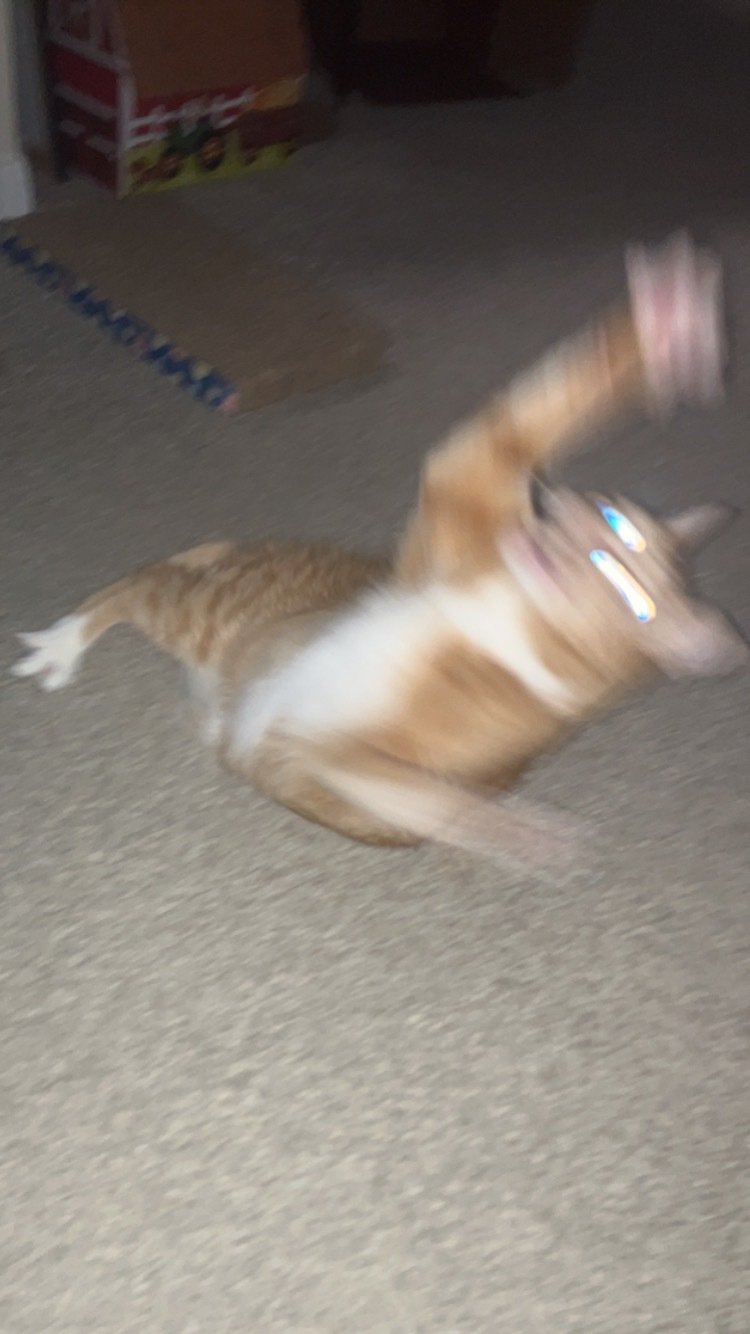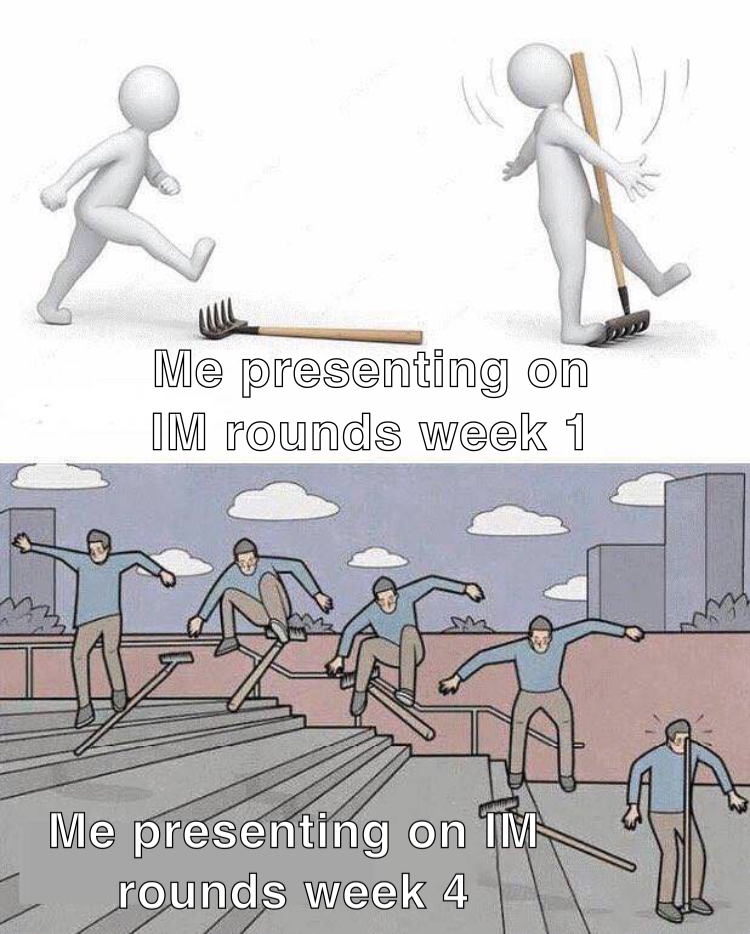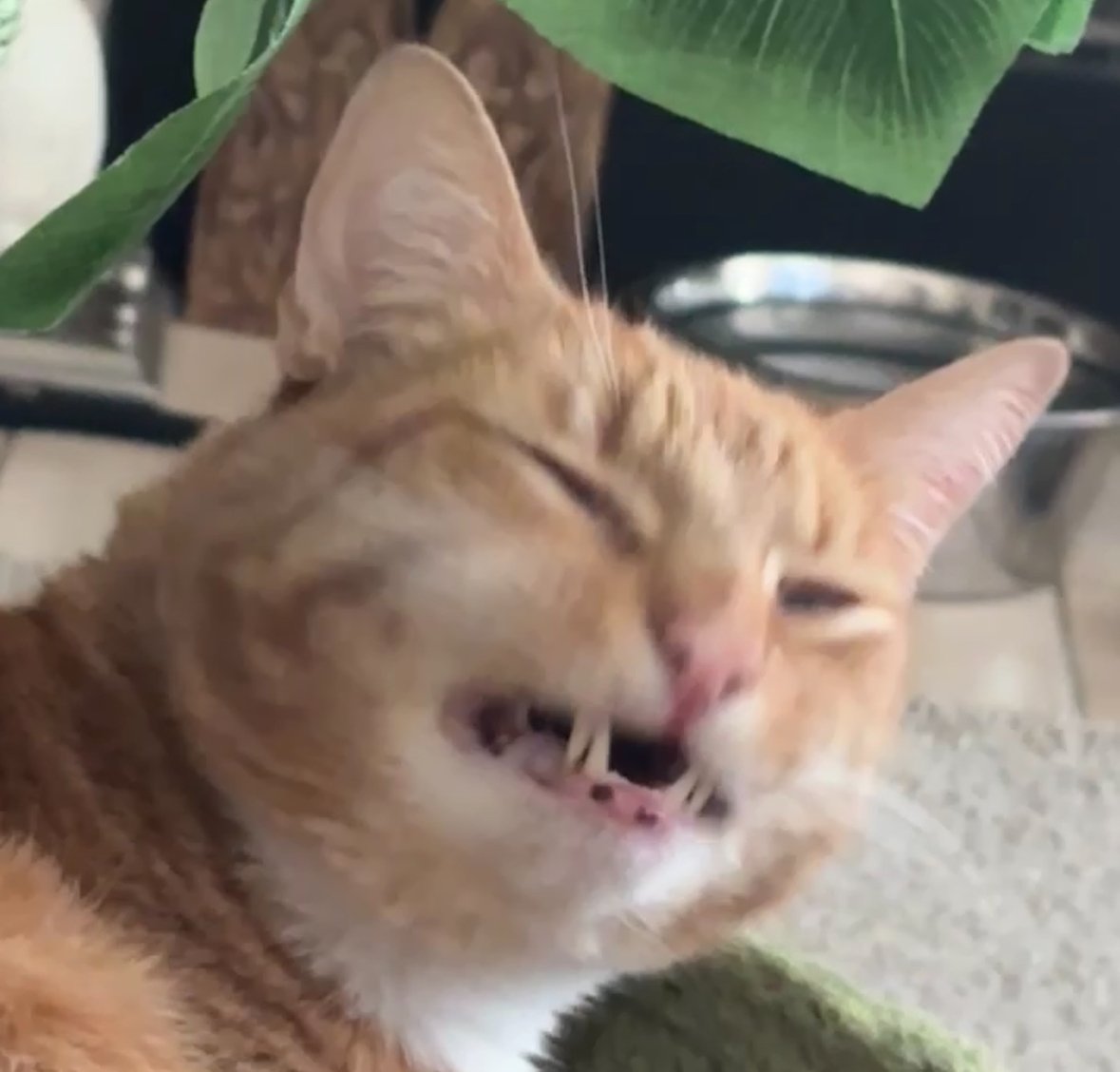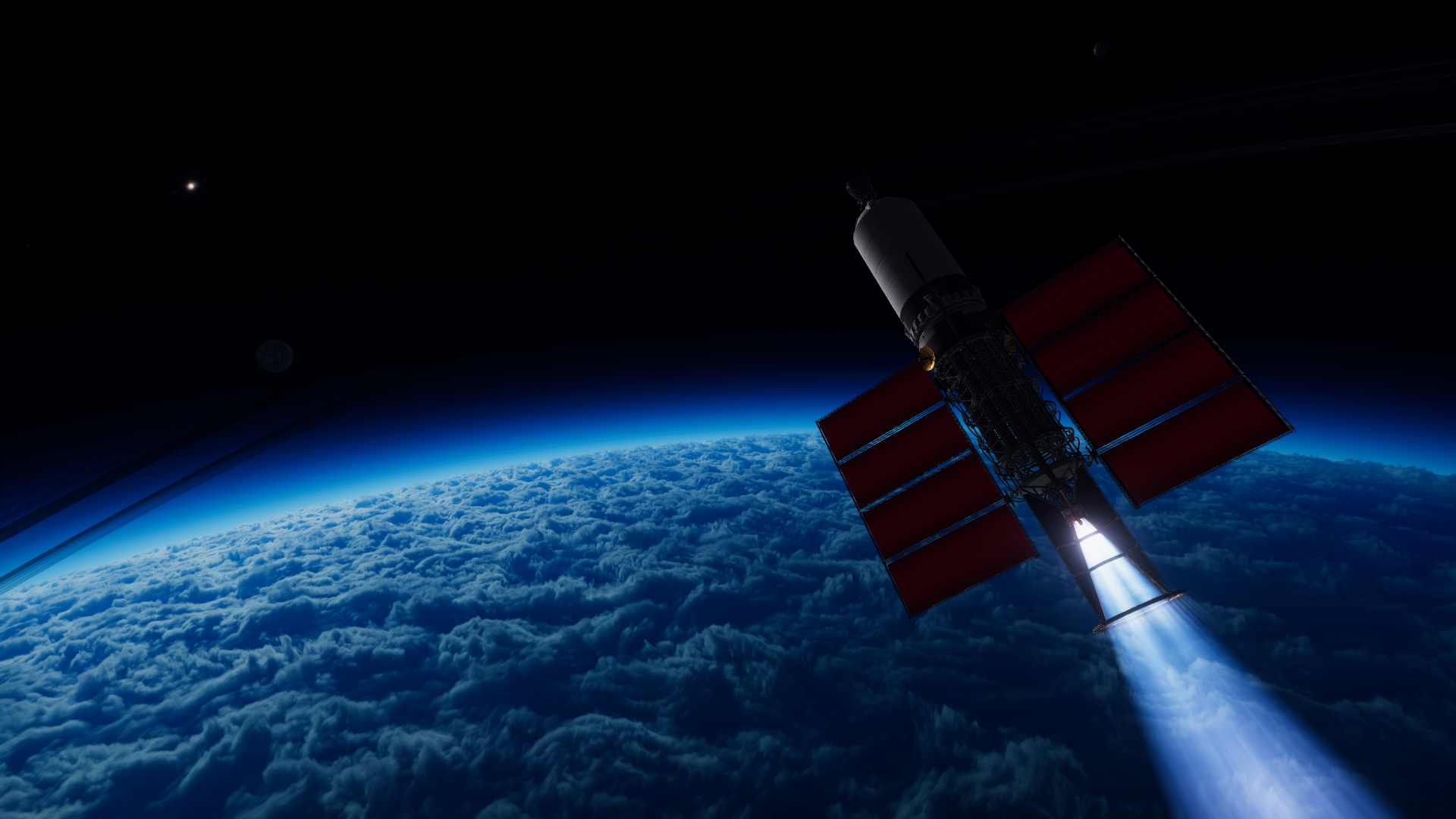Still shooting in Cygnus...
Though I think IC1318/γ Cyg can be used to describe most of the nebulosity around the star Sadr, stellarium has it directly over the bright nebula in this image. Overall I'd consider it an improvement over my last go at it back in 2020. Captured over 12 nights from Oct-Nov 2024 from a bortle 9 zone.
Places where I host my other images:
-
TPO 6" F/4 Imaging Newtonian
-
Orion Sirius EQ-G
-
ZWO ASI1600MM-Pro
-
Skywatcher Quattro Coma Corrector
-
ZWO EFW 8x1.25"/31mm
-
Astronomik LRGB+CLS Filters- 31mm
-
Astrodon 31mm Ha 5nm, Oiii 3nm, Sii 5nm
-
Agena 50mm Deluxe Straight-Through Guide Scope
-
ZWO ASI-290mc for guiding
-
Moonlite Autofocuser
Acquisition: 25 hours 40 minutes (Camera at -15°C), unity gain
-
Ha - 50x600"
-
Oiii - 57x600"
-
Sii - 47x600"
-
Darks- 30
-
Flats- 30 per filter
Capture Software:
- Captured using N.I.N.A. and PHD2 for guiding and dithering.
PixInsight Preprocessing:
-
BatchPreProcessing
-
StarAlignment
-
Blink
-
ImageIntegration per channel
-
DrizzleIntegration (2x, Var β=1.5)
-
Dynamic Crop
-
DynamicBackgroundExtraction
duplicated each image and removed stars via StarXterminator. Ran DBE with a shitload of points to generate background model. model subtracted from original pic using the following PixelMath (math courtesy of /u/jimmythechicken1)
$T * med(model) / model
Narrowband Linear:
-
Blur and NoiseXTerminator
-
made SHO image and extracted stars to be processed separately
-
StarXterminator to completely remove stars from each Ha, Oiii, and Sii image
-
HistogramTransformation to stretch nonlinear
Stars only image:
-
SpectrophotometricColorCalibration (narrowband working mode)
-
HSV repair
-
arcsinhstretch
-
scnr > invert > scnr > invert to remove greens and magentas
-
HistogramTransformation
-
(combined with starless pic later on)
Nonlinear:
-
PixelMath to combine monochrome Ha Oiii and Sii images into a color image with SHO --> RGB, respectively
-
slight SCNR (bright areas protected with Ha mask)
-
Some curves to adjust colors
-
LRGBCombination using stretched Ha as luminance (accidentally left that Ha mask on from earlier so it applied more to the bright parts, and honestly turned out nicer than applying the Ha luminance to the entire image)
-
Shitloads of Curve Transformations to adjust lightness, hues, contrast, saturation, etc
-
DeepSNR
-
MLT for small scale chrominance noise reduction
-
DarkStructureEnhance script
-
LocalHistogramEqualization
-
more curves
-
invert > slight scnr (masked) > invert to remove some background magentas
-
even more curves
-
Pixelmath to add in the stretched RGB stars only image from earlier
This basically re-linearizes the two images, adds them together, and then stretches them back to before. More info on it here)
mtf(.005,
mtf(.995,Stars)+
mtf(.995,Starless))
-
Resample to 65%
-
Annotation








Yea I fuck**g hate it